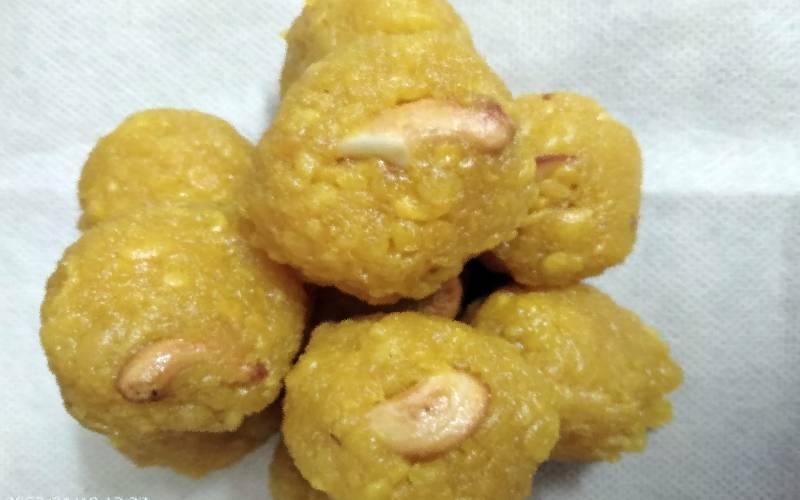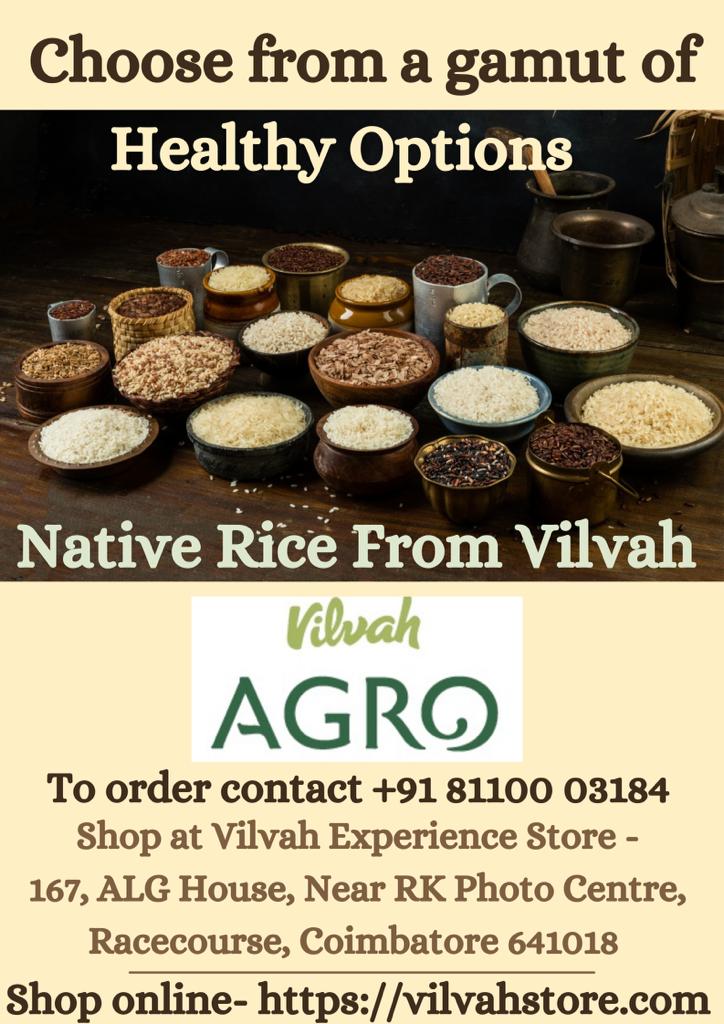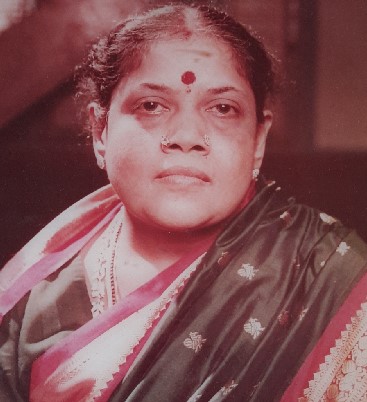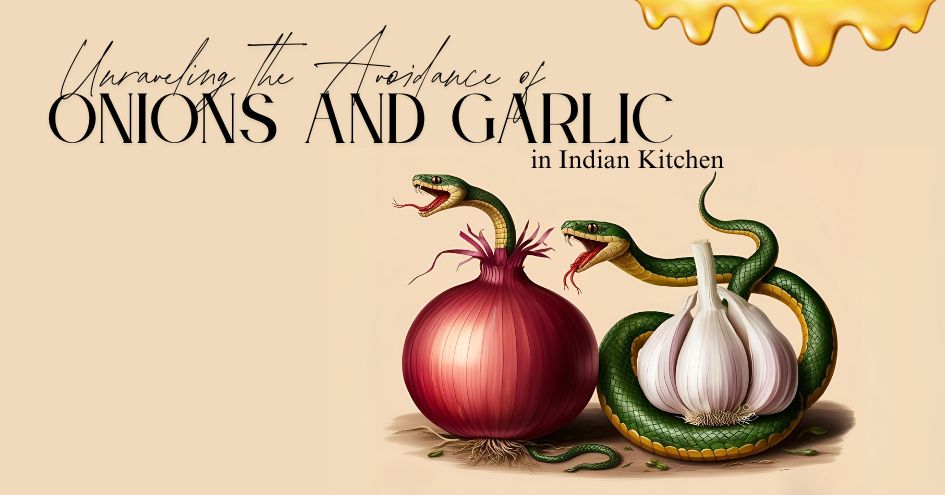
The laddoo is the sweet prasadam of Tirumala Tirupathi. It is made in every household in our country. Raju Bhavan in Vysial Street was a culinary centre. The huge joint-family which consisted of the descendants of Subbulakshmi Alagiriswamy and her daughters-in-law, Rajalakshmi, Ranganayaki, did wonders with food, jewellery, and clothes. The laddoo was one of their specialties. It was soft and never got dried up. This laddoo was made for Diwali every year and was also distributed while welcoming a newborn. The sweet also happens to be a favourite of the child-like Shankar. He continues to love it. The laddoo preparation would be a ritual. Boondhi-s would be eaten with curds. Later, sweet boondhi would be had with hot milk. Of course, the laddoo will finally arrive.
The jeweller family would sit down together to make it. The daughters-in-law, Lalitha Bai Krishnan, Indrani Viswanathan, Saraswathi Raghunathan, Shantha Damodaran, inherited the skill through abhyaasa. The laddoo-s should not be smelt or eaten for they had to be first offered to God. The laddoo-s would consist of cashews, raisins, elaichi, along with the regular ingredients. The huge banali which was used for deep frying the boondhi-s is still in one of the households.
The big room and the wood-fired-stove were a wonder those days. The pickle cupboard and the grinding instruments would be found nearby. Ladies from the family enjoyed making the laddoo, and it was simply loved. The laddoo was an auspicious item and was to be had after the ritual of Diwali bath. This laddoo created lifelong friendships.
It was also a part of shreedhana and was given to the daughter of the family. It was packed along with the trousseau. The soft laddoo has to be handled with care and it would just melt on chewing. The golden-hued laddoo was a symbol of prosperity those days. The laddoo is one sweet that is eaten all over the country. It has a national identity. Let us enjoy, the laddoo while welcoming the harvest month, Thai.

Ingredients Required for the Laddoo Boondhi:
1. Besan – 1 full tumbler (Gopuram)
2. Sugar – 1 tumbler (To the brim)
3. Water – ½ a tumbler
4. Ghee – 1 to 2 tbsps.
Procedure:
Mix the besan with enough water to resemble a thick dosa batter. Simultaneously heat the oil to make the boondhi. Mix sugar and water to make the syrup. Heat it in a low flame. Allow it to boil, until it gets a one-string consistency. Switch off the flame. When the oil is hot, using a stainless-steel boondhi ladle, pour approximately 2 ladle full of batter. The droplets naturally fall like golden beads without applying any pressure. Only the leftover batter needs to be pushed down.
Cook the boondhi for a second or two. Scoop and transfer them to the hot sugar syrup. Make the boondhi with the remaining batter in the same manner. Keep it aside to cool. When it is bearably hot, crush them using your palm. Add 1 to 2 tablespoons of ghee.
Once it cools down completely, shape them into balls. These ladoos prepared in this way retains the moisture throughout.
And the delicious, moisty, juicy, is ready to be served!

Lalitha Bai was a compassionate mother and grandmother. She worked hard everyday. The home and its customs were in her fingertips. She was an authority on prayers, music, and cookery. Her devout life was full of instances when people consulted her. Lalitha Bai was an excellent hostess and she was the fulcrum of the family. Her wishes on festivals and birthdays energised her near and dear.
NEXT ARTICLE

Can onions and garlic be consumed? For many adherents of Hinduism, Jainism, and other spiritual paths originating from the Indian subcontinent, these...